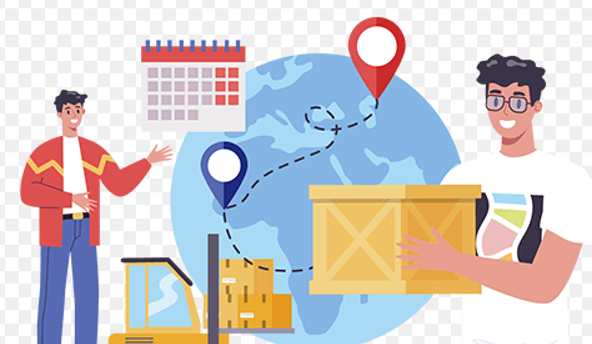Understanding the Sourcing Process in Australia
The sourcing process plays a critical role in ensuring that businesses find the right suppliers for their products while maintaining quality and cost efficiency.
9/23/20242 min read


The sourcing process plays a critical role in ensuring that businesses find the right suppliers for their products while maintaining quality and cost efficiency. In Australia, sourcing is particularly important due to the country's geographical proximity to key manufacturing hubs in Asia and its strong demand for imports. Understanding how the sourcing process works can help businesses make informed decisions and streamline their operations. Here's an overview of the key steps involved in sourcing in Australia.
1. Identifying Supplier Requirements
The first step in the sourcing process is to define your business's specific needs and supplier requirements. This includes understanding the product specifications, quality standards, pricing expectations, and delivery timelines. In Australia, businesses often look for suppliers who can provide competitive pricing while meeting local regulatory and sustainability standards. It's important to clearly communicate these requirements to potential suppliers to ensure alignment from the outset.
2. Supplier Research and Vetting
Once you have identified your needs, the next step is to conduct extensive research to find potential suppliers. For businesses in Australia, sourcing agents can be invaluable at this stage, especially when looking to connect with international suppliers in regions like Asia or Europe. These agents have networks and expertise in navigating complex markets. During the vetting process, it’s crucial to evaluate suppliers based on their reputation, production capacity, and adherence to compliance standards such as environmental regulations and fair labor practices.
3. Negotiating Terms and Contracts
After narrowing down potential suppliers, the next step is to negotiate terms and draft contracts. This is where sourcing agents or legal experts can assist in ensuring that agreements cover all key areas, such as pricing, payment terms, delivery schedules, and quality assurance. It's also essential to address any contingencies or risks, like shipping delays or production issues, within the contract.
4. Quality Control and Product Sampling
Before fully committing to a supplier, it’s common practice in Australia to request product samples. This helps ensure the supplier can meet the desired quality standards. Sourcing agents often assist in conducting quality control inspections and factory audits to verify the supplier’s ability to deliver consistent results. Ensuring product quality at this stage can prevent issues later in the production process.
5. Managing Logistics and Shipping
Once a supplier has been selected, businesses must manage the logistics of shipping products to Australia. This involves coordinating freight, ensuring compliance with Australian customs regulations, and monitoring delivery timelines. A reliable sourcing agent can help handle these logistics, ensuring smooth and efficient shipping.
Conclusion
The sourcing process in Australia involves multiple stages, from identifying supplier requirements to managing logistics. By partnering with experienced sourcing agents and using a structured approach, businesses can optimize their supply chains, minimize risks, and ensure product quality. Understanding these steps is essential for any business looking to succeed in the competitive Australian market.
